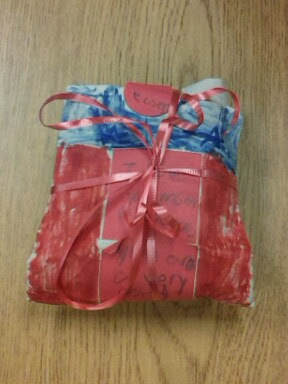The radial design craze started with third grade. Students created simple radial designs with Mr. Sketch markers. They loved the novelty of how they smell, and I love how the colors bleed when they are sprayed with a bit of water.
Next up was radial design string art. Sometimes there are really awesome donations made to the art room from parents and other teachers. Last year I received a large grocery bag full of those individually wrapped chopstick sets. There had to be thousands of these things! We were able to work through a some of those with this project. The students enjoyed coming up with a song that would help them with the pattern. I like the way they made the connection between music and art and how they both can showcase patterns.


Kindergarten students got take part in the radial design fun as they learned about balance. These flower paintings will be the background for their symmetrical insects. I always try to incorporate concepts and vocabulary that is part of the older grade curriculum. Almost everyone is excited to try a new word, especially when I say "I usually don't tell kindergarten students about this, usually you have to wait until second grade. Do you want to know what it is?" They love it!
Another game that has been much more popular than I would have imagined is my "So You Think You Can Keep Your Hands Cleaner Than Mr. Briggs." Even when we are only using crayons the kids ask me if we can play. The game has really helped me with clean up and with the students getting too zealous with the materials and getting covered.
Some of the game players were so proud of how they kept their hands clean that when they saw the camera coming around they wanted to show off!
Are there any games that you play in your classroom that help with classroom management, or materials? Are there games that the kids ask you to play?



























